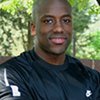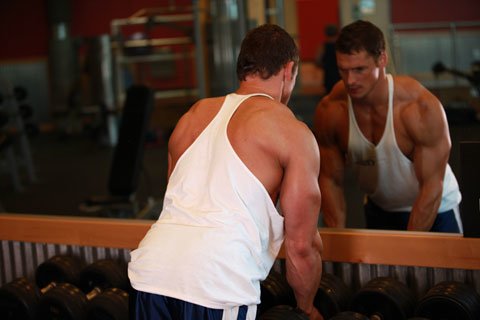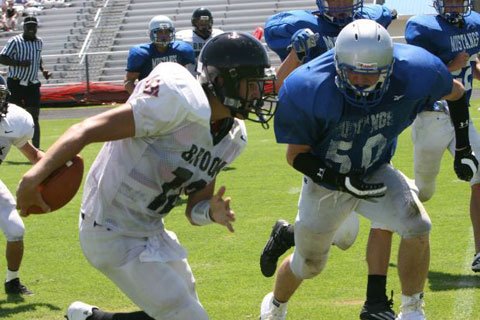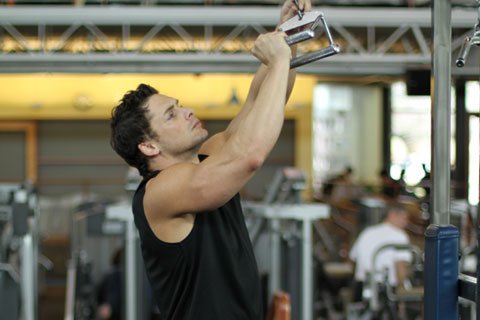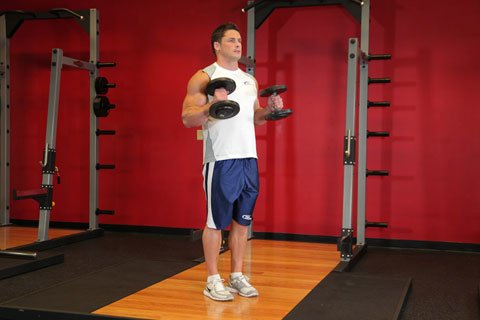| Article Summary: |

Life As A Bodybuilder
Let's face it, the vast majority of us are not lifting to be Mr. Universe 2010 or 2011 for that matter. Most of us use the sport of bodybuilding as a way of life. The bodybuilder is a different breed.
When most people stand in front of the mirror in their underwear there are two things that spark most people to pick up a weight, they are driven by a mixture of both vanity and fear.
We are driven by the passion, pain, sweat and accomplishment. Bodybuilding is discipline, hard work and the ability to push through adversity personified. Why not take time to plan out and train for it like other athletes train for their sports? After all, ladies and gentlemen, life is a stop and go sport!
Training the same exact way throughout the year and not switching it up is like trying to become a world class scientist by only doing 5th grade science projects day in and day out. Periodization can add variety, and spice while breaking plateaus and preventing injury.

Periodization...What Is It?
Most professional athletes train for sport seasons utilizing periodization. Periods are usually constructed of anywhere from 4-6 phases. Each phase has its own unique goal or objective. When it comes to bodybuilding this can be an amazing concept when actually planned out.
When your body has finally coped with the insanity of your training program and staleness starts to set in, you up and change the game. You switch up the focus and add new stimulation in order to trigger a new set of adaptations.
There are usually 12 week cycles in each phase of training. The changing up of the objectives in each phase and in your training style can transform your body and shatter plateaus altogether.
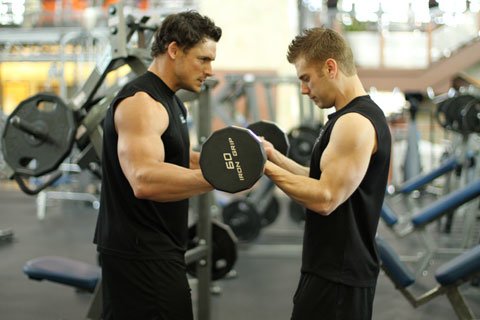
 Click To Enlarge.
Click To Enlarge.
The Changing Up Of The Objectives Can Transform
Your Body And Shatter Plateaus Altogether.

Periodization...An Example:
Let's take a look at a 12 month periodization table for a football team. We can then craft a periodization chart for the life of a bodybuilder who wants rock solid muscularity, energy and immunity from injury.

1st Phase: March-May - Strength, Power, And Hypertrophy
The focus is to gain as much strength as possible. To get connective tissues ready for the rigors of the sport. Also the growth of muscle mass is an objective.

2nd Phase: June-August Cardiovascular Conditioning 
The major focus is to train the cardiovascular system utilizing interval training, speed and agility drills. At this point there is the transfer of strength to power and quickness. Plyometrics are also introduced.

3rd Phase: Late August-Early December - Skills And Techniques
This is during the in season where you peak in strength and power. Then you want to maintain strength and power attained in the off season.

4th Phase: Mid December-February - Recovery And Off Season
The greatest thing is that periodization can be very flexible and made to achieve any objective that you have.
The way that a football periodization chart is set up allows for the athlete to grow and gather strength, transfer the raw strength to power, finally add in skill and technique work to become a complete athlete then rest and do it all over again.
When it comes to building rock hard muscle periodization is a great thing in that it can help you to avoid plateaus and avoid injury and overtraining. Remember when it comes to your training it is all flexible and you can tailor the phases, exercises, and objectives to fit your life and your goals.

Bodybuilding Periodization - Example Schedule

Phase 1: 4 Months - Bulking/Muscle Mass Building
The focus is simple: gain muscle and size. Back to the basics, train heavy. If you can muster up the courage, add in some Olympic lifts. First make them light then higher intensity - back squats, bent over rows, deadlifts, barbell bench press, and more.
Those are the hard core bodybuilding moves that the sport was built on. You should also be eating for size as well. Utilize whey protein isolate and casein proteins. Maintain a diet that is slightly higher in carbohydrates and calories to create an anabolic environment in the body. Eat a clean diet to avoid adding excess amounts of body fat!
This intense type of training can't last for too long without the proper fuel to burn. Utilize straight sets with longer breaks when designing your program. Move as much weight as possible each session and make sure to rest and recover.
Sleep, Sleep, Sleep. Our strength gains are made while we sleep. Routinely choose a max of 2 body parts per training session. At this phase in your program keep cardio light and when it comes to the weights go hard!
|
|
|
|
|

Phase 2: 4 Months - Cutting And Leaning Out
The goal here is to maintain muscle mass while dropping fat. Hopefully you gained some great quality muscle mass in the previous phase, and here is where you uncover it.
At this junction you should start to sprinkle in your selected machines. This is when you should incorporate the use of dumbbells to stimulate as many muscles as possible during training.
Focus on abdominal training and make sure to use very short breaks between sets. Use compound sets and supersets freely. Raise the number of sets to increase volume. Add a variety of exercises with higher reps; add more sets to your routines.
Your diet should also be altered big time. Lower the amount of simple carbs. I would suggest a calorie drop of 500-700 calories. Anything else may be too drastic and cause your body to leach onto your hard earned muscle for an energy source.
Your overall volume of exercise should increase to help burn more calories in a shorter period of time creating a slightly catabolic environment in the body.
Try to maintain 2 separate workouts a day. In the AM your cardio is key and in the afternoon or evening go hard with your lifting regimen. 45 minutes each session should suffice. Glutamine and other recovery supplements will help in this phase. The use of a thermogenic aid during this phase is great to integrate into your routine at this point.

Phase 3: 4 Months - Active Recovery, Research And Functional Strength
Focus on maintaining or slightly gaining muscle mass. You should be leaner, stronger and looking better. Pick the lifts that you like the best and focus on them. Mix in half repetitions, negatives, and quick explosive repetitions to really stimulate as many muscle fibers as possible.
Make sure to focus in on your lagging body parts and train them harder. Choose a rep range and intensity that you consider moderate when training. Moderate cardio will help you look your best.
Focus on flexibility and mix in other challenging resistance exercises. Use kettlebells, calisthenics, sports, and body weight exercises of all sorts. Add the finishing touches on the body you have created and make sure to sleep and recover.
This is also where you should do your research and try any new exercises, techniques or protocols that you would like to implement in other future cycles.

Conclusion
Plan your workouts with objectives in mind that you can work towards for a given amount of time. If you take the time to plan ahead and really focus your efforts for a given amount of time you can really squash boredom, prevent injury, and avoid plateaus.
You can choose to lengthen the duration of any phase; you can sprinkle in recovery sessions in between each training objective. The options are endless! You can even create a periodization program for a single lagging body part if you want to give an area a little TLC.
The most important thing is that you listen to your body and utilize the proper phases and cycles to achieve your goals. Bottom line is that the same training regimen, same training exercises and same approach will only get you the same results.
Recommended Articles
| Share This Article: |
